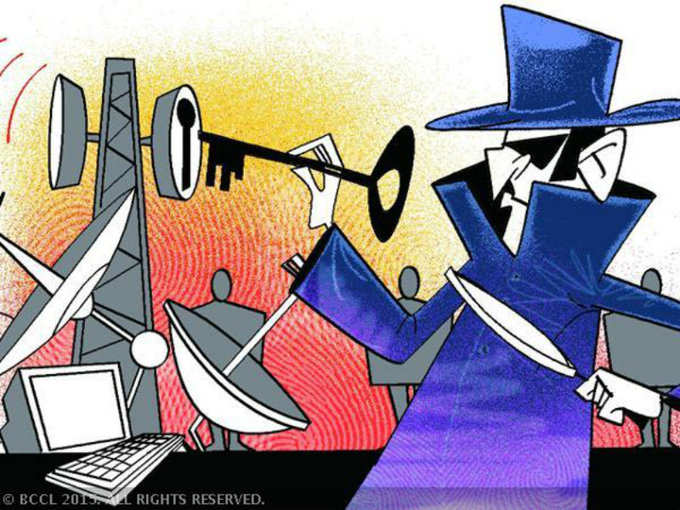 To ensure biometric data doesn’t leak either via private contractors running enrollment centres or at the central data servers that store details, the Aadhaar system's data collection and storage is strongly protected by sophisticated encryption processes.
To ensure biometric data doesn’t leak either via private contractors running enrollment centres or at the central data servers that store details, the Aadhaar system's data collection and storage is strongly protected by sophisticated encryption processes.Suppose the data is stolen or lost, the encryption would prevent access to the biometrics as it would need the most powerful computers literally eons to crack the code. Similarly at the central data centre, the encryption processes are repeated while storing the details, making attempts to access and use the data very difficult.
The unique identity authority of India's processes are intended to allay fears that biometric data collected by private contractors might be vulnerable to falling in unauthorized hands as the detail is encrypted using the highest available public key
The government hopes that the lack of human interface in storing the data and procedures such as data collectors being required to authenticate every entry though their own biometric verification will help convince the Supreme Court that privacy concerns have been addressed by the
How would you know that the UIDAI programme's was successful? Because it has not received any credible complaints or proof of misuse of data since it started the ambitious scheme almost five year ago. This is partly due to the processes that make even loss of a recording machine or copying on a flash drive a futile exercise.
The data are being collected on software - Enrollment Client (EC) Software - written, maintained and provided by the UIDAI. It is encrypted to prevent leaks at the enrollment centres managed by private vendors and in transit. The private agencies on ground use the EC Software which ensures that only authentic and approved person can sign-in for the purpose of enrolling people.
The enrollment client software used by private vendors strongly encrypts individual electronic files containing demographic and biometric details of residents at the time of enrollment and even before the data is saved in any hard disk.
The encryption uses highest available public key cryptography encryption with each data record having a built-in mechanism to detect any tampering.
The e-data packages are always stored on disk in PKI encrypted form and is never decrypted or modified during transit making it completely inaccessible to any system or person.
Among other
(Image: Indiatimes)
